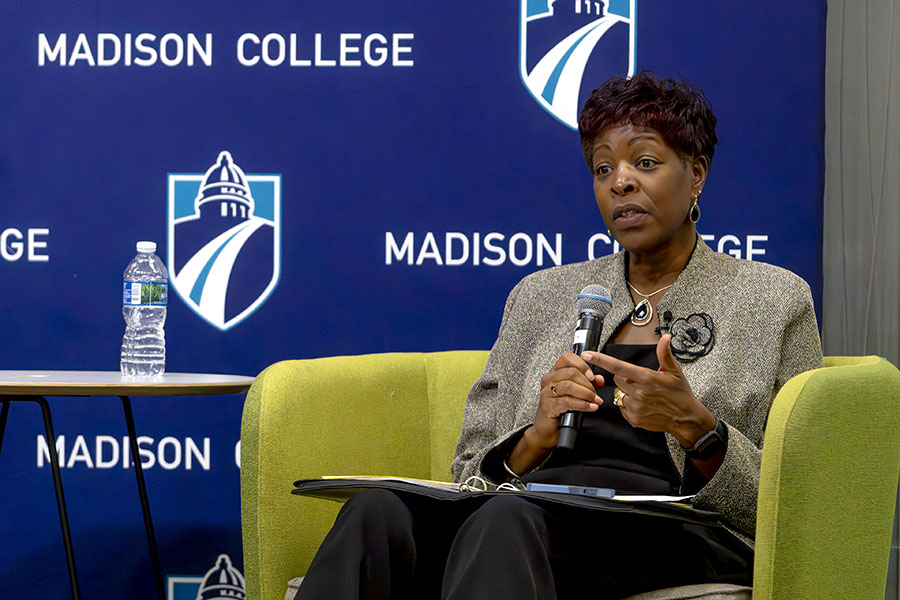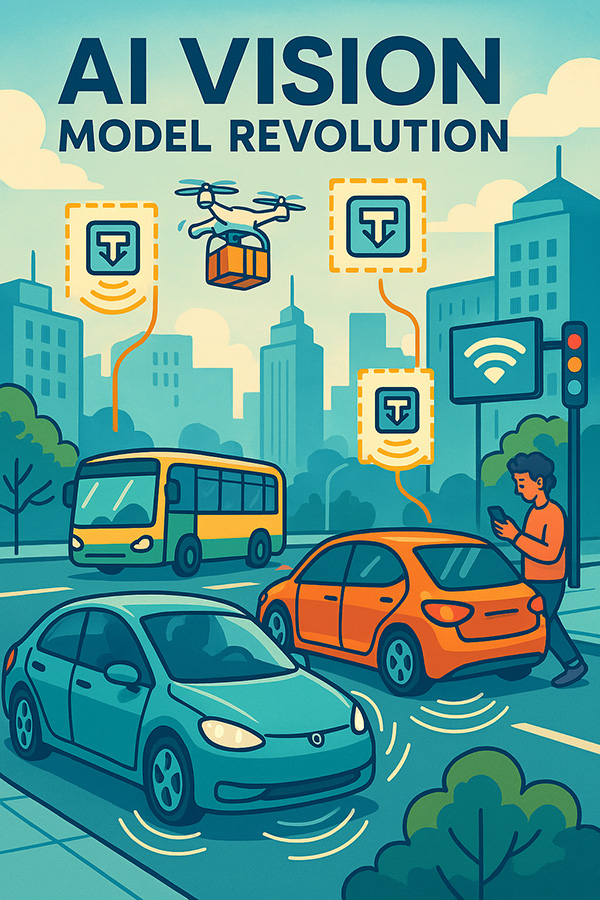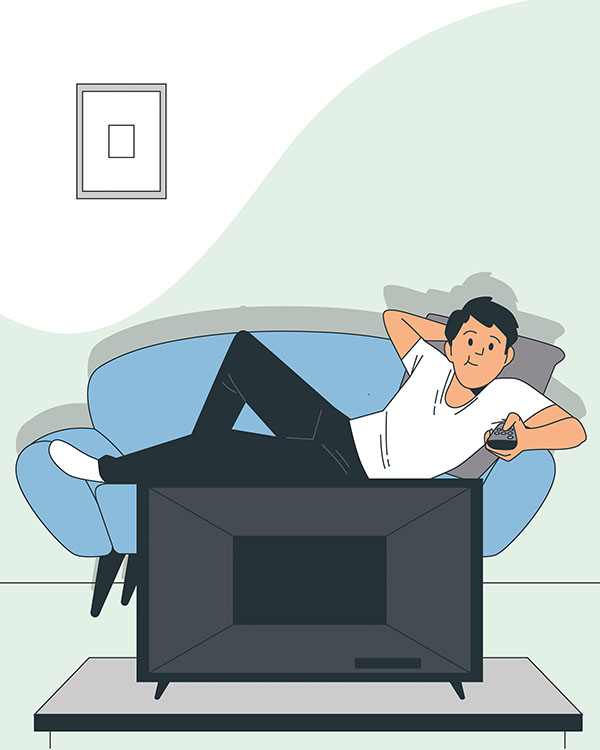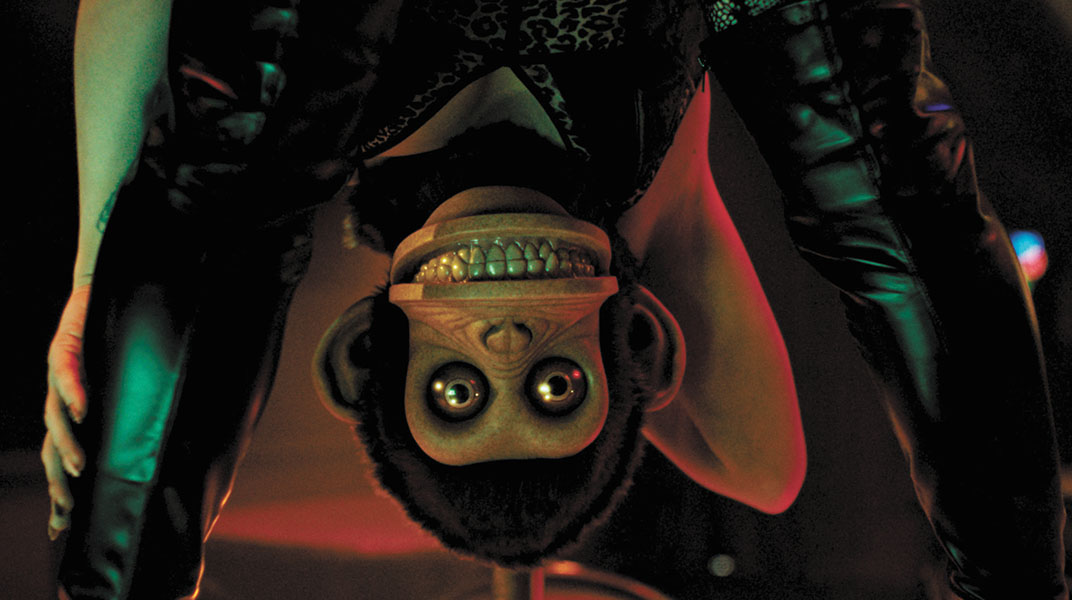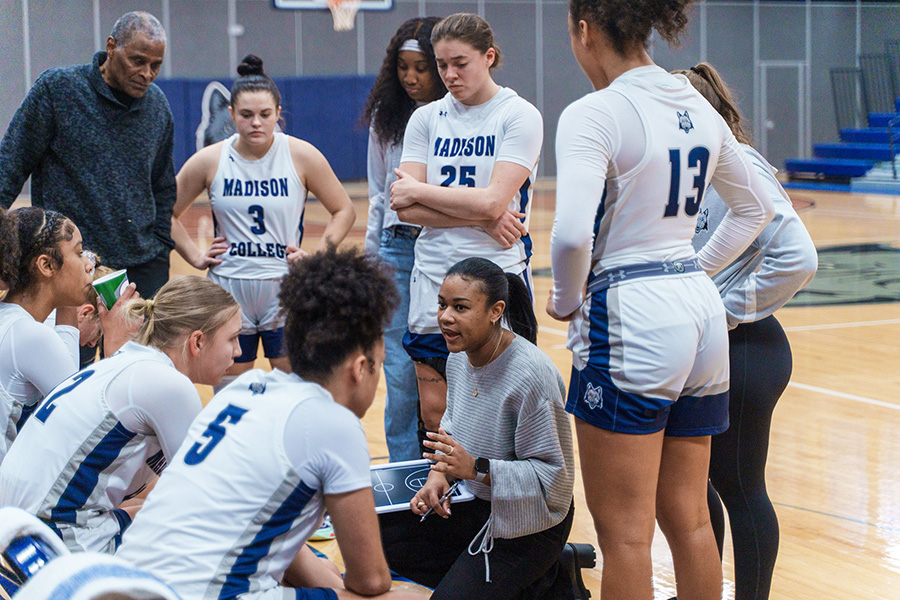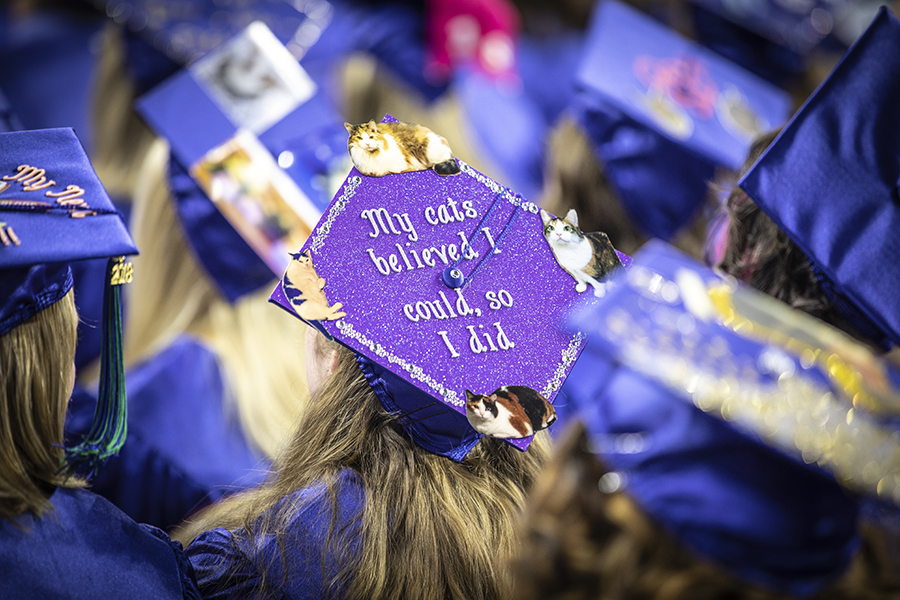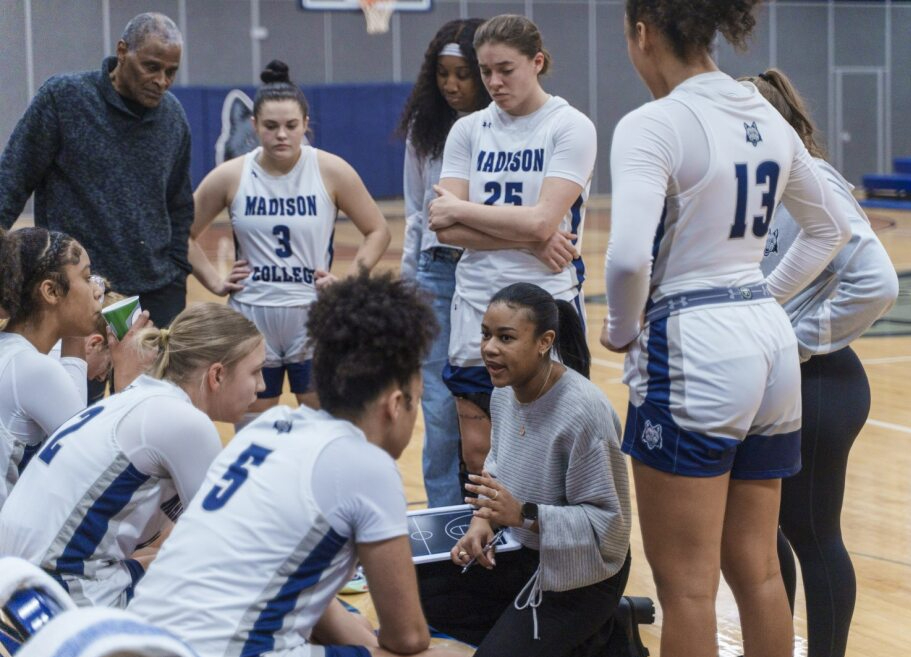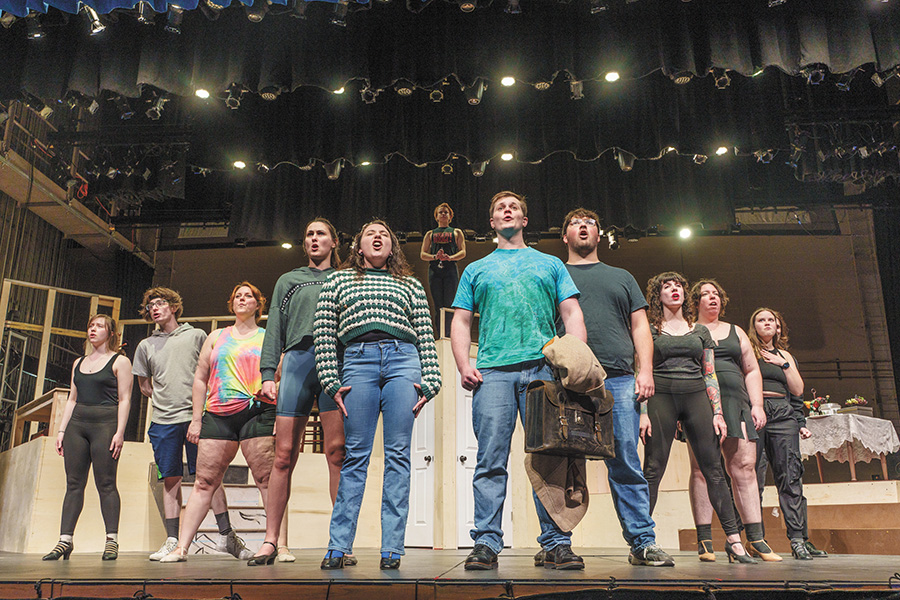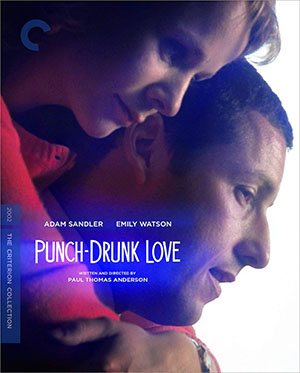
April is widely recognized as Autism Acceptance month. It is a fun time to highlight some fictional examples of autistic characters in movies and TV. I hope that my commentary can help clear up confusion and create a good foothold to help audiences learn more, as well as inspiring movie-goers, giving them a new perspective on something that has already been watched.
“Rain Man” (1988) follows Tom Cruise’s character, Charlie Babbit, a yuppie car importer who learns he has an estranged brother, Raymond (played by Dustin Hoffman), living in a mental institution. Raymond is an autistic savant with a photographic memory and an aptitude for numbers but has severe trouble communicating.
Charlie takes Raymond to Los Angeles, for a financial scheme to become the recipient of the money he thinks he deserves. During the road trip, he connects with his brother, and changes from being frustrated to wanting a closer relationship.
While the film was the first big movie to raise awareness about Autism, it is an outdated depiction. However, it brought public awareness, humanizing autistic people to millions of movie-goers. Most of my complaints lie with Tom Cruise’s character. One scene at the beginning includes him getting annoyed at Ray, pulling him in by the neck and intimidating him by saying “don’t make a scene, stop acting like a f- – -ing retard.” He continues being needlessly cruel, only warming up to his brother after learning about his impressive math abilities.
Later, he teaches Ray to count cards and takes him to a casino so he can get enough money to pay back a business loan. The entire movie Ray is forced to prove his humanity, and it never addresses the abusive start of their relationship.
I also take issue with newer media as well. Sia’s 2021 directorial debut, “Music,” follows a teenage girl with severe autism who is placed in the care of her older sister after their grandmother died. Her autism is portrayed cartoonishly and over the top, managing to be far worse than “Rain Man” despite its recent production. It was so bad, on the first day of filming the 14-year-old actress broke down crying and said, “I don’t want anyone to think that I’m making fun of them.” The worst part of the film are the many scenes where autistic is handled. At one point Music is wrestled and pinned to the ground, so that she can be subdued, presented as the best way to calm someone. Doing that is so off the mark that people have died from it being attempted. Not only is the information presented in the movie played out and overexaggerated, but it is also dangerous.
My favorite example of autism in a movie is Adam Sandler in the 2002 masterpiece “Punch-Drunk Love.” His character Barry is well meaning and likable but struggles with isolation and expressing himself. He bottles his emotions until he explodes and tears his mask off. When too much is happening to Barry and he’s overwhelmed, the colors on the screen can intensify, lights get uncomfortably bright and the soundtrack becomes more chaotic and stressful. The movie does not treat Barry like he’s defective, with the underlying theme of Barry living in a world not necessarily made for him. If you can only check out one movie, make it “Punch-Drunk Love.”
“Lars and the Real Girl” (2007) stars Ryan Gosling as Lars, a debilitatingly shy, touch-averse man living with his brother Gus. One day Lars announces that he got a girlfriend he met online, but much to Gus’s horror, it’s a sex doll named Bianca that the delusionally thinks is a real woman. A psychiatrist tells his family to go along with it, assuming it’s a way for his subconscious to break him out of his social shell. Despite how creepy the premise is, it gets played incredibly straight. Lars is a sweet guy that you genuinely feel for and seeing him learn to open is satisfyingly touching.
“Dinner in America” (2020) is about Patty, a weird and naive social outcast without a lot of people skills as she meets Simon, an angry punk whose flippant attitude helps her gain confidence in herself. You often see autism in girls being overlooked due to most attention being directed towards boys, but Patty is a fitting example of unashamed Autism-coding I don’t want to say more, and spoil turns the movie goes down. It’s a weird, dirty, gross, off-putting time that was also incredibly fun.
Last but certainly not least is “Ping Pong the Animation,” adapted by Masaaki Yuasa from the 1996 comic. It’s an eleven-episode show that follows two high-schoolers, Peco and Smile, as they play ping-pong on their school’s team. Smile is stoic, disinterested in most things and often compared to a robot. I can’t say much more because it goes more into detail towards the end of the show, and I dare not spoil anything here. “Ping Pong” is a straightforward sports story done well that features some of the most expressive and creative animation I’ve seen.
To me, good representation is less about “getting it right” and more about not getting it wrong. Autism will manifest itself quite differently from person to person. The best thing a writer can do for autistic representation is write something unique, and if it centers on an autistic person, make sure it is about them.



